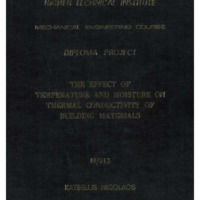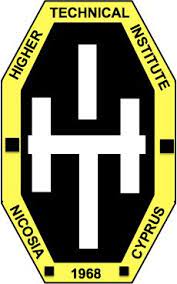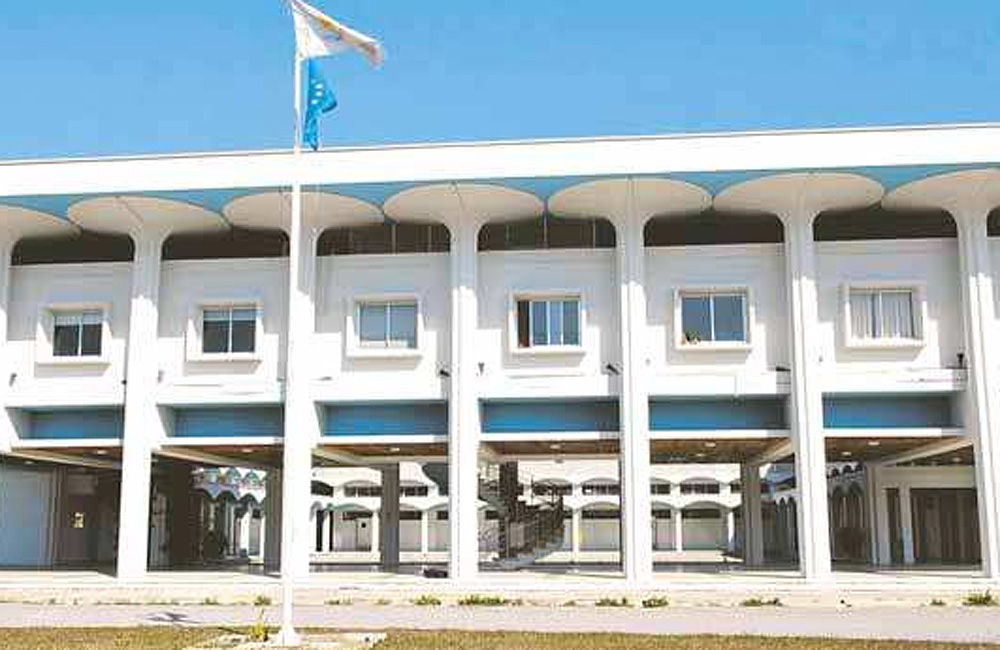The effect of temperature and moisture on thermal conductinity of building materials
- Τίτλος
-
The effect of temperature and moisture on thermal conductinity of building materials
- Θέμα
- Building materials--Thermal conductivity
- Building materials--Testing
- Δημιουργός
-
Katselis, Nicolaos
- Πηγή
- Higher Technical Institute
- Το πλήρες κείμενο είναι διαθέσιμο από το Υπουργείο Ενέργειας, Εμπορίου Βιομηχανίας και Τουρισμού.
- Εκδότης
- Library of Cyprus University of Technology
- Ημερομηνία
- 2001
- Συνεισφέρων
- Symeou, Theodoros
- Δικαιώματα
- Απαγορεύεται η δημοσίευση ή αναπαραγωγή, ηλεκτρονική ή άλλη χωρίς τη γραπτή συγκατάθεση του δημιουργού και κάτοχου των πνευματικών δικαιωμάτων.
- Μορφή
- Γλώσσα
- en
- Τύπος
- text
- Αναγνωριστικό
-
MED0525
- Σύνοψη
-
The effectiveness of a material as a thermal insulator can be expressed in terms of its thermal conductivity. A material with a large thermal conductivity value is a good conductor and a material with a small thermal conductivity is a poor conductor, ie. a good insulator.
In order to measure the thermal conductivity of different building materials for the scope of this project, the Lasercomp Fox 314 heat flow meter was used. With this instrument it is possible to measure the thermal conductivity of materials at different mean temperatures and moisture contents.
The objectives of carrying out this project are:
1. To investigate some important factors relating to the performance of the Lasercomp Fox 314 heat flow meter and how these factors affect the accuracy of the results of the instrument.
2. To test different building materials at various mean temperatures and moisture contents in order to show how thermal conductivity is affected by these two factors.
Since the Lasercomp Fox 314 heat flow meter instrument has only been recently
acquired by the Higher Technical Institute and due to the fact that it is the only instrument of its kind in Cyprus and it is the first time that is going to be used, it is essential to investigate some important parameters relating to the performance of the instrument and how these parameters could affect the accuracy of the results of the instrument. Examples of such parameters are the protection of the instruments testing plates, the surface finish of the sample to be tested, the size ofthe sample and how convection of heat could be prevented in the testing chamber.
The principle objective, however, ofthis project is to show how thermal conductivity of building materials is affected by mean temperature and moisture content. Several tests were carried out for this purpose with the use of the Lasercomp Fox 314 heat flow meter. The results are presented in the form of tables and graphs to show this relation of thermal conductivity with mean temperature and moisture content.
In order for these tests to be carried out it was necessary to collect various building materials, that are widely used through building constructions in Cyprus. The materials collected were either materials that have been used extensively over the past years or materials that have only been recently introduced to the Cyprus market. These different building materials were tested at various mean temperatures and moisture contents in order to fulfil our objective.
The results derived form this project work are of upmost importance since they could be compared with the Cyprus standard values for different materials. Moreover, in time these results along with others that will be derived in the future with the use of the Lasercomp Fox 314 heat flow meter which will be used more frequently at the Higher Technical Institute could build up a new set of standards.
- Πολυμέσα
-
 MED0525.pdf
MED0525.pdf
Τμήμα του The effect of temperature and moisture on thermal conductinity of building materials


